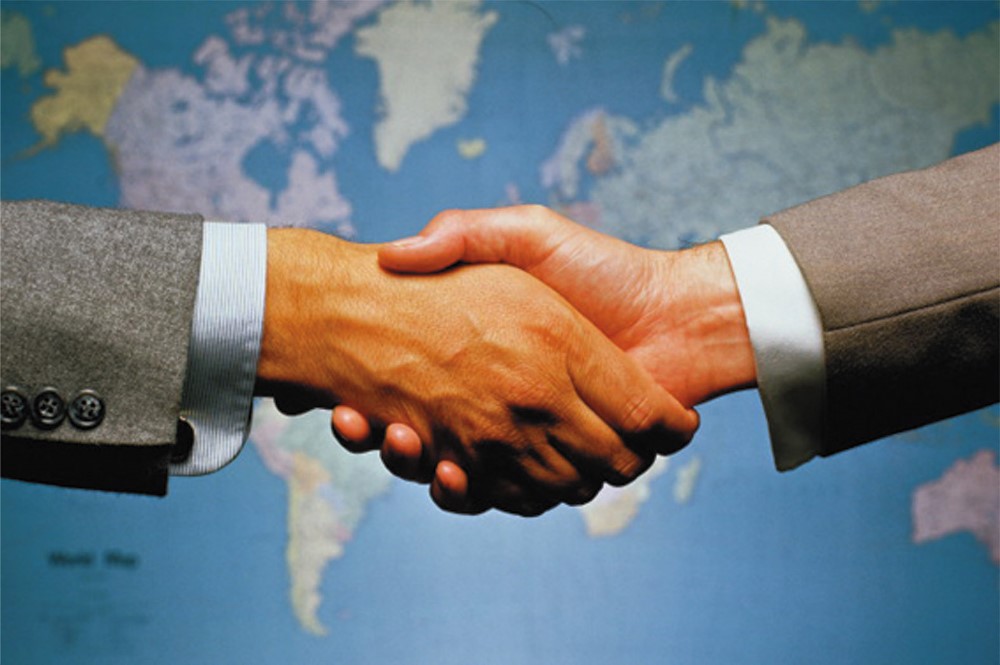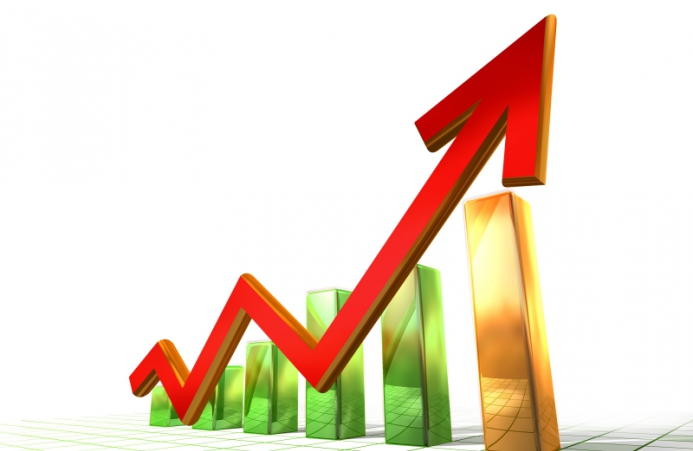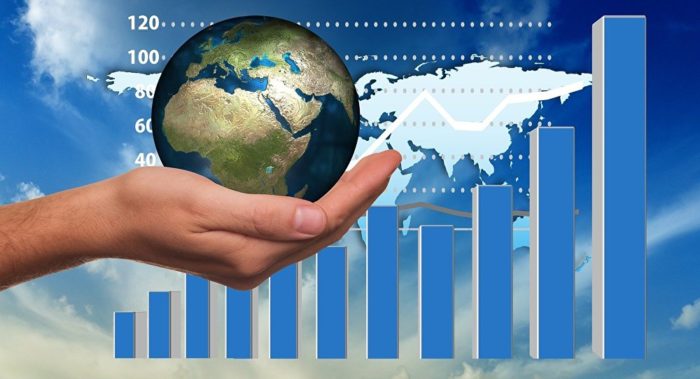The state actively regulates export-import relations with other countries. The most traditional approach is tariff methods. They represent a way to manage trade relations by setting a fee. These are special rates that apply to certain imported or exported goods. The main tariff approaches in the field of regulation of foreign trade trading activities will be discussed below.
general description
Between states there are customs borders. Each country establishes rules for conducting trade relations with the rest of the world. The tools and methods of such a policy are diverse. They are determined by the state based on the characteristics of interaction with other countries, their own interests. One of these tools are tariff methods for regulating international trade.

Such approaches involve taxation of goods imported into the country through the customs border or exported through it. The customs tariff system is a rule on the establishment of duties, operating within the framework of a particular state. It is based on a Harmonized system for the description and coordination of goods. This is a binding law for all WTO countries. This set of rules is called the customs tariff.
The list of duties that are levied on goods at the border is systematized. The customs tariff is levied on cargo owners at the time of import or export of certain products.
Using the tariff method of state regulation, it is possible to control export-import relations. The level of taxes depends on a number of certain factors. World and domestic prices for certain products, the level of monopolization of the market, the degree of concentration of production, the ratio of costs and labor productivity in different countries, etc. can influence this. Thus, customs rates often increase during the years of crises. At this time, the country is experiencing a deterioration in the economic situation.
The customs tariff necessarily contains:
- Name of goods (detailed).
- Product Code.
- Rates indicating their calculation method.
- Method of taxing goods.
- List of products that are not subject to duty.
- The list of goods that cannot be imported or exported from the country, transported in transit through the territory.
Features, principles of calculation of duties
Tariff methods for regulating foreign economic activity can have a different structure. If the rate is the same for all goods, regardless of the country of production, these are single-column (simple) duties. Such tariffs do not provide for benefits or discrimination, but they are quite rare.

More often different countries apply different trade regimes. Rates are indicated separately for products of different states. Here several duties are applied in one tariff. Two or more columns may be provided. Such tariffs are called complex (multi-column). Products with a high degree of industrial processing are usually taxed.
Complex tariffs most often have 2 columns. In one of them the largest (general) duty is indicated. It is taken as a base if it is necessary to calculate benefits or discrimination. The second column indicates a lower bid. It applies to countries that have been established as the most favored nation.
In some cases, a third column is used. The amount of preferential duty is indicated here.It is applied to different countries. More often this tariff is applied by states with developed market economies in relation to developing countries.
Considering the methods of customs and tariff regulation, it is worth noting that the duty may consist of rates, classification of commodity products. Such approaches are created specifically for regulation. With their help, operations of activities in the field of foreign trade are also recorded.
Fees are in monetary terms. They are charged by the state, and the payment of such payments is mandatory for imported and exported goods. State policy in this area is regulated by the law “On Customs Tariff”.
Duty is a value regulator of foreign trade turnover. From an economic point of view, this is the difference between import and domestic price. If expressed as a percentage, you get the level of duty.
Duty Functions
Customs and tariff regulation methods perform a number of functions. It is assumed that domestic product prices should be higher than those of imported goods. In this case, competition between both categories of goods will be equivalent. Therefore, the establishment of duties performs a regulatory function.

Duty, like any other tax, increases the value of the goods. This reduces its competitiveness. For this role of duty to be fully implemented, it is necessary that the policy in the field of foreign trade relations be flexible. Tax rates are subject to ongoing review. Their change is influenced by external conditions that are emerging in the world market, as well as the internal interests of the country. Only duties of a variable type are subject to revision. Their rates vary in cases established by the state. This, for example, may be changes in prices in the domestic or global market, subsidies, etc.
To a greater or lesser extent, all states apply duties to replenish the country's budget. Therefore, such taxes perform a fiscal function. The state budget revenue is partially formed from the duty. In Russia, its contribution reaches 30% of the total mass.
Tariff methods for regulating foreign trade also perform a pricing function. Due to the application of duties, the cost of imported goods increases. This is a tool of discriminatory policies that apply to other countries. This creates a cost barrier, due to which prices for foreign goods will be higher than for domestic ones. Also, using this approach, the state sets prices for products of different countries. For some, duties will be higher, which makes products less attractive to consumers.
This function allows you to adjust the volume of imports and exports. With the help of duties, the state affects the rate of return of certain sectors of the economy. It also allows you to control the pace of development, to accumulate capital within the country. Not only the quantity of products crossing the customs border is regulated, but also the structure of imports. With the development of the country's economy, the role of the fiscal function of customs duties decreases.
Varieties
Tariff methods for regulating the state’s foreign trade activities are based on the application of various types of duties. Tax payments differ in the object and method of collection, size of payment, method of generation and application practice.

According to the object of collection, export (export) and import (import) duties are distinguished. Payments may also be charged for the transit of certain goods in the country. Export payments allow you to limit the export of certain types of goods. Also, at their expense the state budget is replenished. This is a tool to improve the structure of trade. By establishing such tariffs, it is possible to reduce the export of some goods from the country. These most often include products with a low degree of processing, with a high level of added value.
Import taxes are charged on foreign products imported into the country. This is a prerequisite for their admission to free sale in the domestic market. With the help of such duties, the state budget is replenished, the structure of imports is adjusted. Also, with their help, the import into the country of certain types of products is constrained. Import duties are the most common type of customs tax. They are used for 80% of imported goods transported by foreign manufacturers.
Tariff methods involve the establishment of control over transit traffic. Such duties are applied quite rarely. It is rather a means of trade war. In our country, in modern conditions, transit tariffs are zero.
Other varieties

In the course of justification of the tariff method, the actions of the competent authorities are regulated by the legislation of the country. By methods of collecting duties are divided into:
- ad valorem;
- specific (or special);
- mixed (cumulative)
In this case, the calculation of the fee depends on the type of rate used in the calculation. Ad valorem or value rate is a fixed percentage. It is charged with the customs value of the goods. Considering examples of tariff methods, this kind of duty can be explained by the example of a car. When transporting it across the border, you will need to pay 15% of its value as determined by customs.
In international practice, ad valorem rates account for approximately 72-75% of all duties. In calculations, an important action is the calculation of the customs value of the product. For this, several methods are provided for this. There is an approach that determines this value by the value of a transaction with identical or similar goods. Within the WTO, it is planned to unify the method of determining customs value. Within the framework of the GATT, the Customs Valuation Code is applied.
Special duties are fixed amounts that are levied on certain goods. This type of tax applies when transporting bulk or complex cargo. They are also used in Russia. Such duties are not directly related to the commodity price. The cash income that the state receives when they are collected depends on the volume of goods.
The duty may also be of a combined type. Ad valorem duties are charged on a part of the products, and on a balance that exceeds the level of the established norm, it is taxed at a special rate.
Alternative duties may apply. The option is chosen in which the customs duty will be maximum.
Customs value

Tariff methods of foreign trade include such a thing as customs value. It is determined in our country according to the system of classification of goods adopted by the international community. Customs value is the value determined by the declarant. This process is controlled by customs representatives. The main methodology that is used during this process is to determine the value at the transaction price when importing goods.
To set the price, a certain calculation method is used. In addition to the direct cost of the goods, the amount includes the following:
- Costs of delivery of products to the place of import.
- Costs paid by the buyer.
- The cost of materials, raw materials or other resources that the buyer provides the seller for the manufacture of goods for export.
- Payment of a license for the use of intellectual property, patents. Such payments are made by the buyer when selling imported products.
- The seller’s income, which he will receive when reselling or transferring imported goods, is included in the price.
When substantiating the tariff method, a term such as escalation is used. This is an increase in the amount of tariff taxes as their processing grows.This measure is necessary in order to protect the domestic producer, stimulating the import of semi-finished products and raw materials. Most often, such goods are transported across the border by developing countries. Therefore, the taxation that applies to them is minimal.
The method for determining NMCC
The tariff method of NMCC is applied if it is required to make purchases or sales of goods that are subject to regulation by state bodies. This approach involves setting a minimum contract price. It is regulated by article 22 44 of the Federal Law. The tariff method is applied when purchasing goods, services or works. Relevant government agencies oversee this process.
The price of the contract is determined in accordance with the regulated tariff. The efficiency of using budget funds depends on the correctness of the calculation. Also, a similar procedure allows you to make appropriate purchases.
The initial maximum contract price is determined in accordance with the tariff method according to 44-FZ. These services include:
- Drainage and water supply.
- Heat supply.
- Power industry.
- Gas supply.
- Telecommunications and mail.
It is not recommended to use this method of tariff regulation if the cost of goods or services is higher than the norm approved by law.
Sample Calculation
The tariff method for determining NMCC involves the use of a simple formula. To understand the principle of applying this approach, it is worth considering the calculation by example. The formula for determining the tariff is as follows:
NMCC = OT * T, gdn OT - the volume of goods that are planned to be purchased (this can also be work and services), T - the tariff established by the relevant state bodies.
The quantity of goods is measured in monetary terms. The tariff method of NMCC may apply rates established by legal acts of the municipal type. To understand the features of the calculations, you need to consider the procedure by example.
So, let’s say, the customer of works or services is a state organization. She announces an open tender during which a heat supplier is selected. It is delivered to the facility in the form of hot water. The tariff established by law at the time of the conclusion of the contract was 2880.79 rubles. for 1 Gcal of thermal energy. This price does not include VAT.
The institution will purchase 731.9 Gcal. Therefore, the amount of the contract is:
731.9 x 2880.79 = 2 487 971.24 rubles.
The contract in this case cannot be concluded for a period longer than the tariff rate. As soon as it changes, you need to renew the contract. A new purchase is being organized. Therefore, the quantity of products that are purchased using this tariff method is determined in a special way. For this, a special technique is used. It is established by law.
Tariff Effects

In the application of tariff methods, any country has different economic effects. They can be of different types. So, there are effects of redistribution (redistribution and income) and losses (consumption and protection). They should be considered in more detail.
The income effect implies that profit in the budget increases. Thus, revenues from the private are transferred to the public sector.
The redistribution effect is the redistribution of income from buyers to manufacturers of goods that compete with imported products.
The effect of protection implies the loss of the economic nature of the state that occurs due to the need for domestic production. It is protected by the tariff, which allows you to produce more products at high costs.
The effect of consumption is determined by reducing the consumption of products due to an increase in its value in the domestic market.
If a country is large, it creates the effect of conditional trade when using tariffs.Income from the sale of products of foreign manufacturers is redistributed to the budget. This becomes possible with improved terms of trade.
Financial methods
Trade policy applies financial methods in the course of customs policy. The main approaches of this type are subsidizing, dumping, and also lending.
Subsidizing involves making cash payments. They are aimed at supporting domestic exporters. This indirectly discriminates against imports. Subsidies help support national production. This is the preferred policy that many countries adhere to. It has privileges compared to import tariffs and quotas.
Dumping is an extreme case of subsidies. This measure allows you to promote products on the world market. To do this, export prices are reduced. They become smaller than the established border for ordinary products in importing countries.
Lending is carried out on special conditions for domestic producers. They receive appropriate funding, which stimulates exports in certain areas. In this case, lending rates are set based on state policy.
If a country is a member of the WTO, the most favored nation treatment is recognized as the basis of trade relations.
